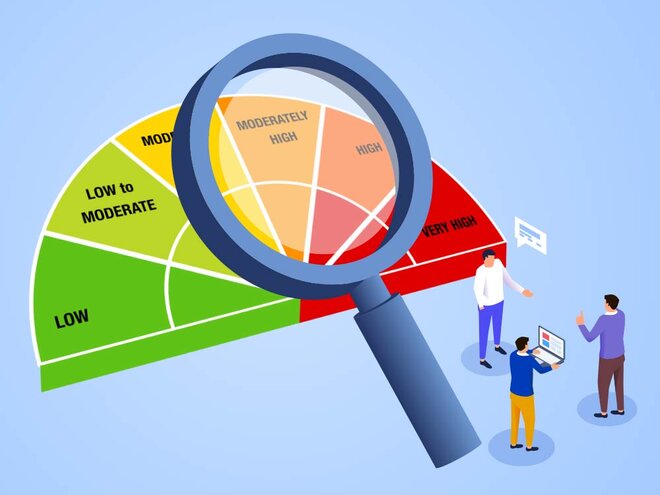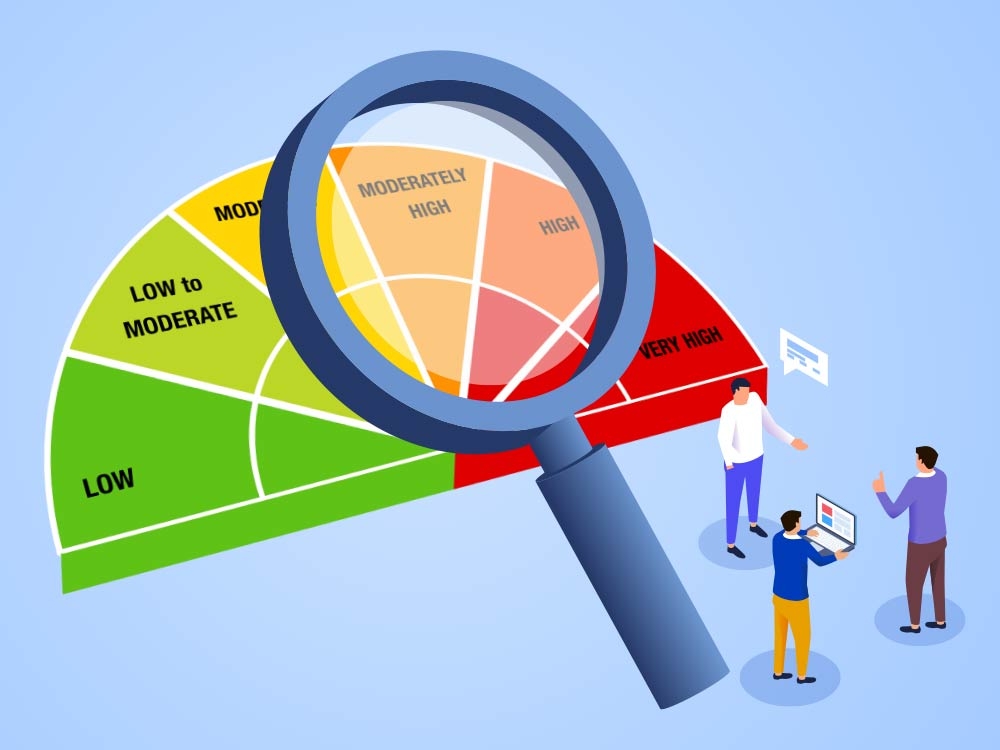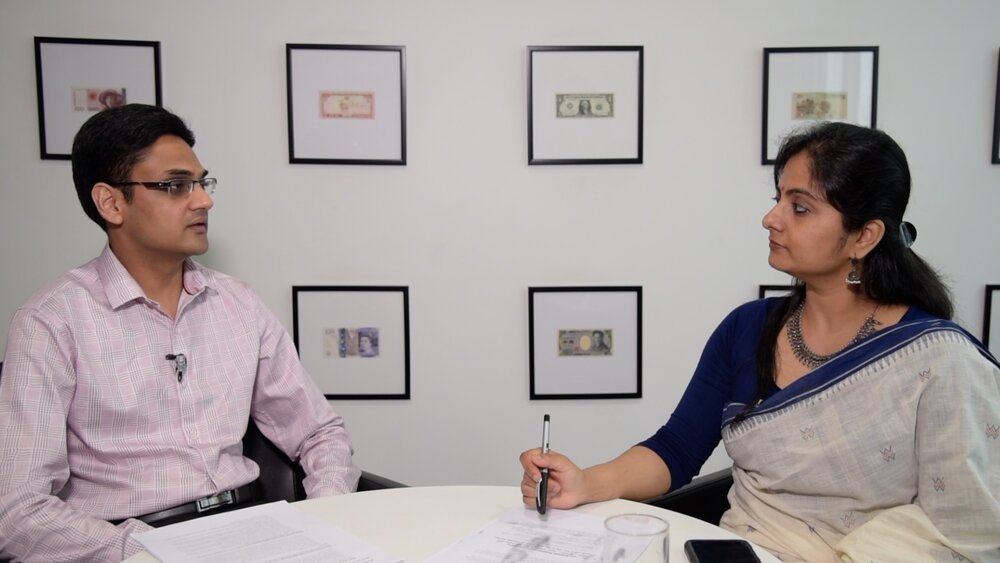
In the last two parts of this series, we learnt about the evolution of the risk-o-meter, delved into the recent modifications made by the regulator and also understood the relevance of risk-o-meter in pointing out the risks in debt funds. Now, the big question is - how can investors use it in their investment decision-making? At what risk grade does the risk become too much?
There's no one-size-fits-all answer to that. It has to be an outcome of your investing needs. You also need to think about your willingness to pursue higher returns at the expense of higher risk. The events of the last one-two years can be of great help as they provide some real evidence of how wrong things can go, and whether you are up for them, instead of scenarios built up in the head or on a piece of paper.
Now does that disappoint you? Were you hoping for a more precise answer? Well, here's one that can bring more objectivity to using the risk-o-meter, though we admit it's not the perfect one and may not work in every situation. But for those of you who want to keep it simple and err on the side of caution, here's what you can do.
For every debt category, you would find one or the other risk grade in which majority of the funds bunch up. For instance, the ultra-short-duration funds bunch up in the 'Low to Moderate' category (see the chart titled 'Ultra-short-duration funds as placed on the risk-o-meter'), or the dynamic bonds funds cluster up in the 'Moderate' category (look at the graph 'Dynamic bond funds as placed on the risk-o-meter'). You can think of it as a reasonable level of risk commensurate with the investment mandate of that category. Therefore, you can use it as a benchmark or the reference-risk level and compare it with the risk grade of your fund. If your fund moves a notch higher than this reference level, that's the time to look at it more closely to understand what's contributing to that additional risk.
You can get a lot of the information you need on the fund pages of Value Research Online. Look at the break-up of the portfolio by credit rating as well as the data on the maturity profile of the portfolio and compare it with other funds in the category (the screenshot titled 'Credit Rating vis-à-vis Category). Typically, these will point you to where the risk is coming from. And if that makes you too nervous, look for alternatives or else stay put even as you keep monitoring.
But if the risk grade of your fund climbs two positions vis-à-vis the reference grade, that's when your fund is assuming far more risk than is perhaps warranted. For a lot of investors, that should be signal enough to look for safer options. Just look at the graph titled 'Analysis of ultra-short-duration category' and look at the two funds which are two notches higher (yellow bubbles) than the reference-risk grade (light blue bubbles). Did you notice their substantially higher exposure to lower-credit-quality papers?
Now this reference-risk-grade approach assumes that most funds in a category are fairly disciplined and don't go overboard on risk, making the modal risk grade a suitable benchmark for the acceptable level of risk. And we believe that's a reasonable assumption to make.
The idea is to identify and steer clear of the outliers. These are often the ones that lure investors with their outsized returns. But unfortunately, they also run the most risk of turning toxic, thereby inflicting maximum damage. But by anchoring yourself to the reference-risk grade, you can easily spot them and avoid them.
So, in any fund listing on Value Research Online, make sure to go to the Risk Stats tab and look at the 'Riskometer' column before choosing a fund (see the screenshot titled 'Assessing risk'). It will facilitate an easy comparison of funds as you'll be able to sort and differentiate them within categories.
Conclusion
While returns are there to evaluate funds, investors didn't have any objective measure to look at risks. But this rejigged risk-o-meter has filled this gap. While the new mandate ends up being suboptimal in case of equity funds and needs to undergo some alteration, on the fixed-income side, it is a great enabler to compare the underlying risk of different funds and weed out the ones that go overboard. So, while you look at returns, make sure to check the risk-o-meter to not get caught unawares when risk knocks at the door.
Having said that, we believe it will realise its full potential when it becomes a deterrent for AMCs from assuming higher risk than is warranted. And for that to happen, you, the investor, will have to contribute. Make sure that these disclosures don't go unnoticed. If you see your fund climbing up on the risk-o-meter, ask questions from your AMC instead of turning a blind eye to it. And if that persists, you may need to vote with your feet.



